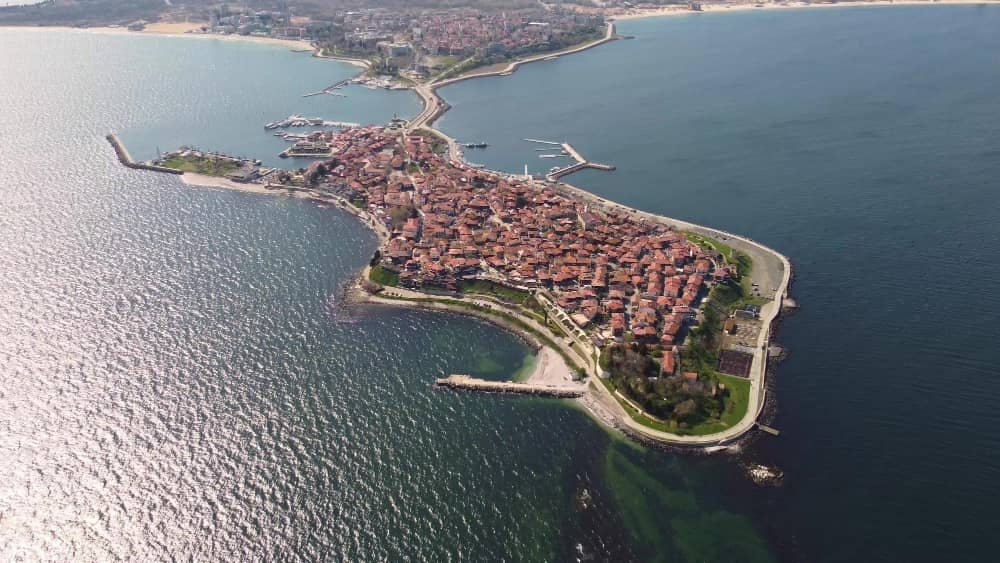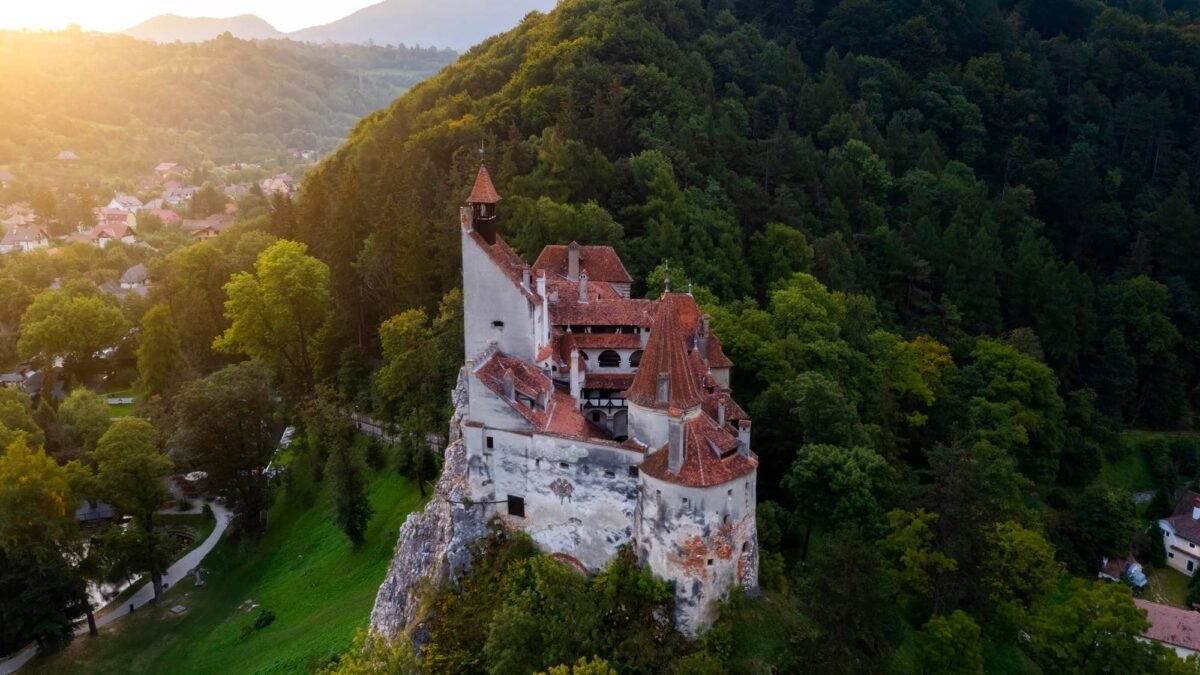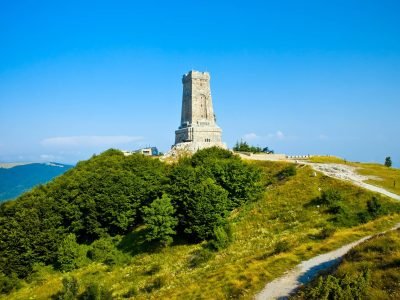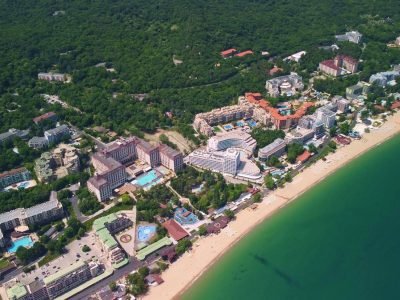Bulgaria is home to nine World Heritage sites, making it an excellent destination for tourists exploring some of the world’s most historically significant places. Located in six different provinces, all nine sites are under the protection and care of UNESCO, established in 1972 to preserve important cultural and natural heritage worldwide.
UNESCO World Heritage Sites in Bulgaria
Nestled amidst the stunning landscapes of Bulgaria lie hidden treasures that have stood the test of time. These are not just ordinary landmarks but extraordinary sites that have earned recognition from UNESCO as World Heritage Sites. Each site tells a unique story of human ingenuity and cultural significance, from archaeological wonders to architectural marvels. Get ready to embark on an enchanting journey through Bulgaria’s past as we unveil the mysteries behind its UNESCO World Heritage Sites.
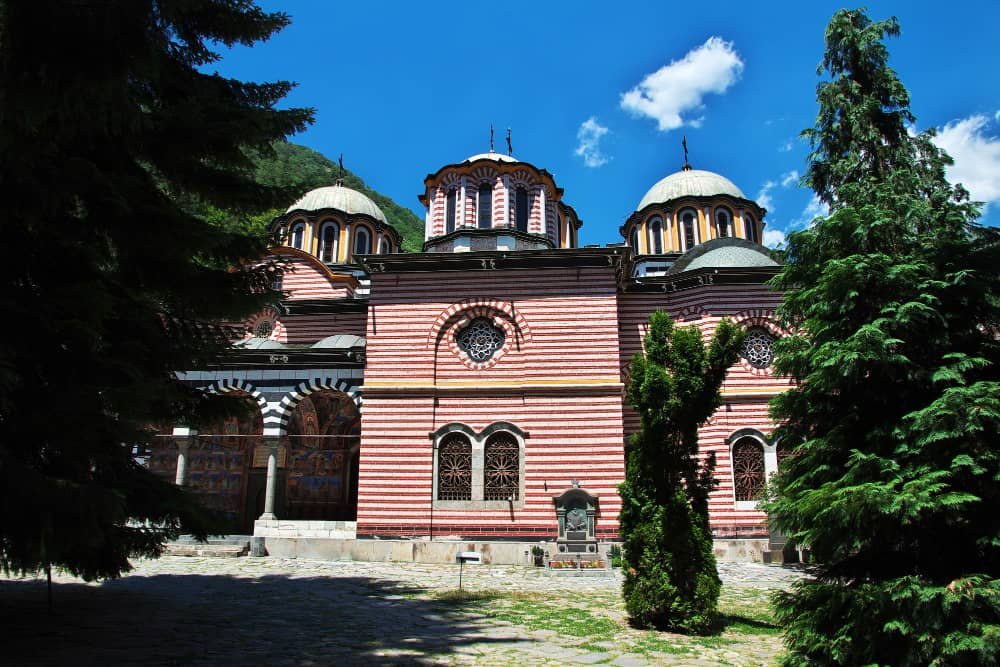
Rila Monastery
Among Bulgaria’s cherished UNESCO World Heritage sites, Rila Monastery is the country’s largest and most renowned monastery. Situated on the southern slopes of Rila Mountain, 110 km away from Sofia, this magnificent complex of structures is encompassed by verdant forests and pristine rivers. Founded in the 10th century by St. Ivan Rilski, it was used as a spiritual center for centuries and remains a popular attraction for tourists worldwide.
The architecture at Rila Monastery is breathtaking. With its iconic white stone walls and imposing towers, it looks like something out of an old fairytale. Inside lies an incredible collection of religious artifacts, including centuries-old frescoes and icons said to contain healing powers. Visitors can also explore winding corridors lined with ancient bookshelves filled with religious texts written by monks throughout the years.
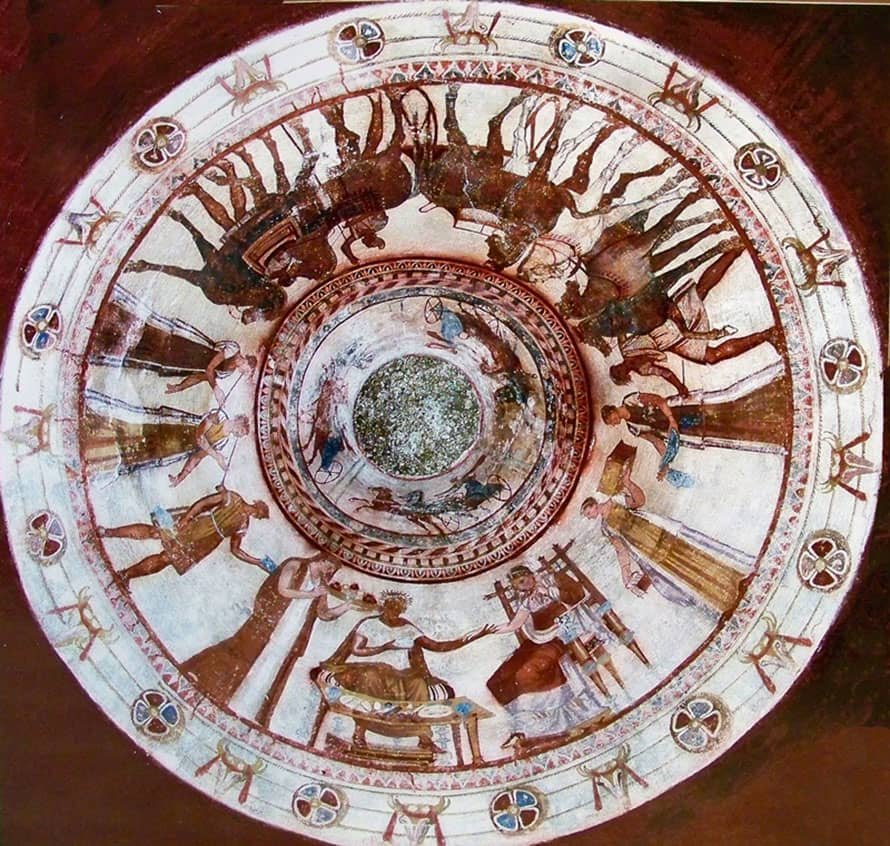
Photo: Kmrakmra / Wikipedia
Thracian Tomb of Kazanlak
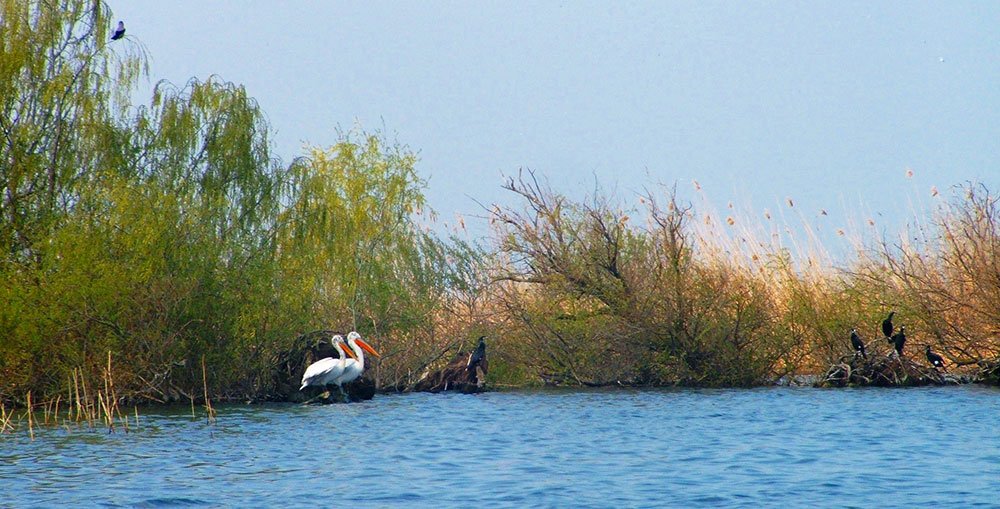
Srebarna Nature Reserve
Rock-Hewn Churches of Ivanovo

Madara Rider
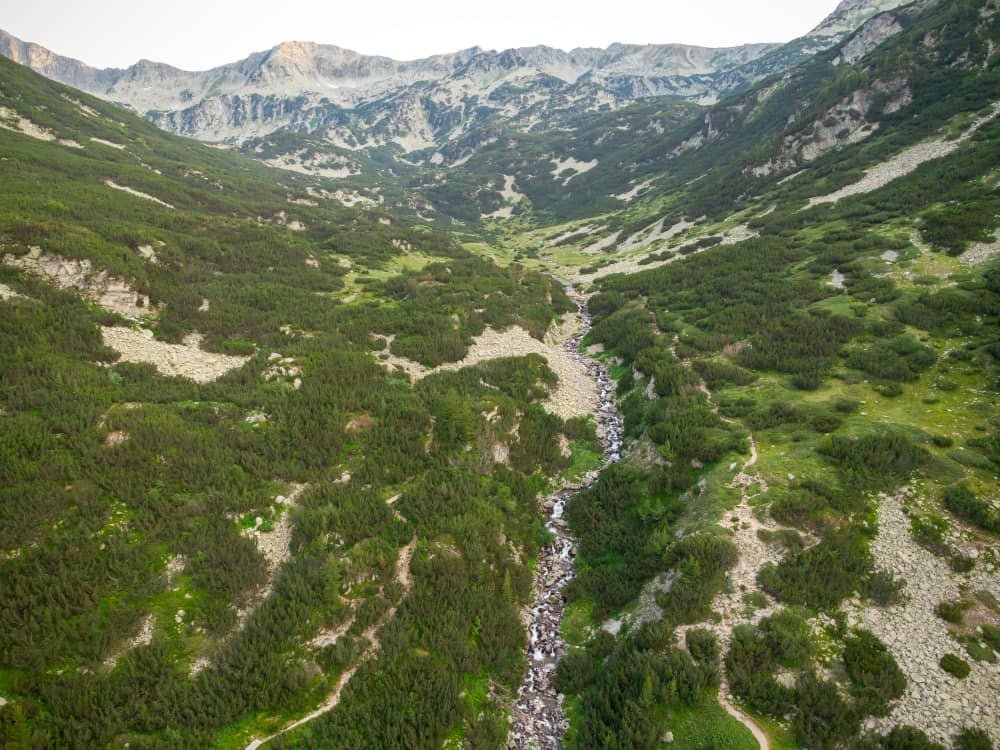
Pirin National Park
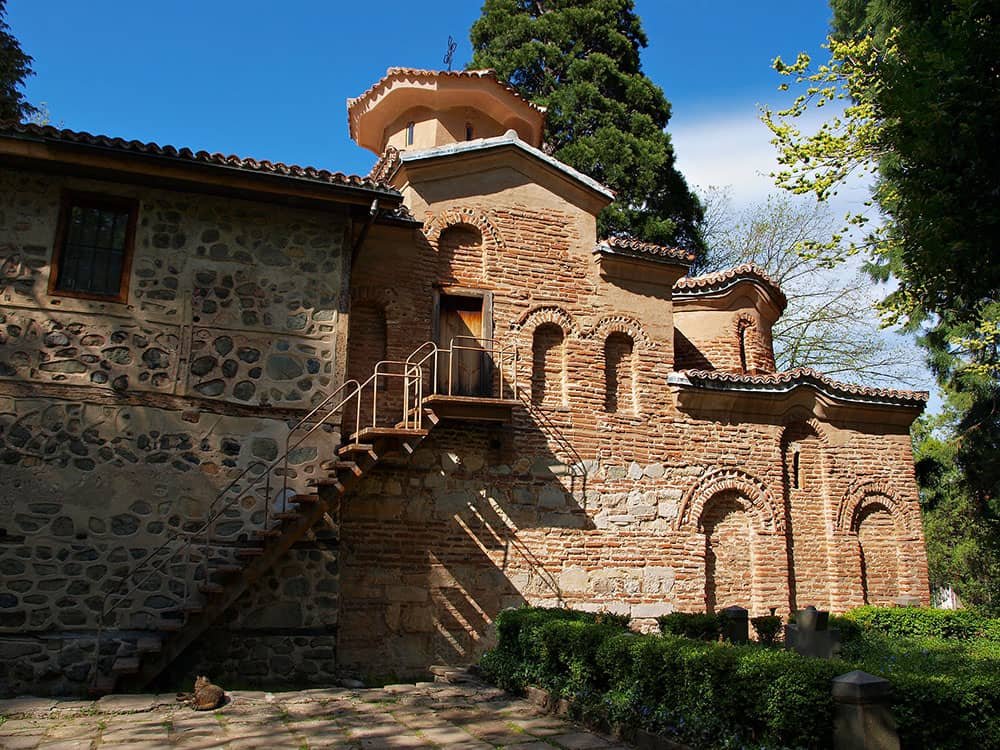
Photo: Todor Bozhinov / Wikipedia
Boyana Church
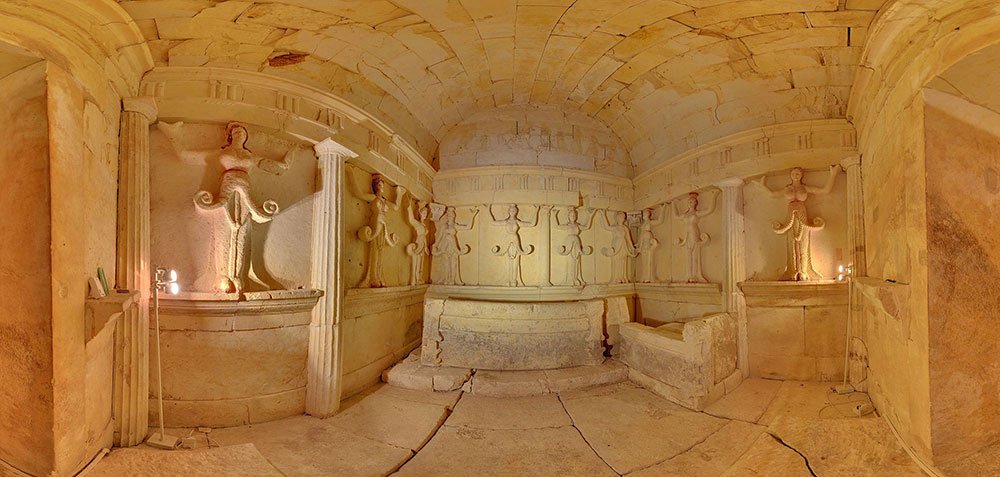
Thracian Tomb of Sveshtari
